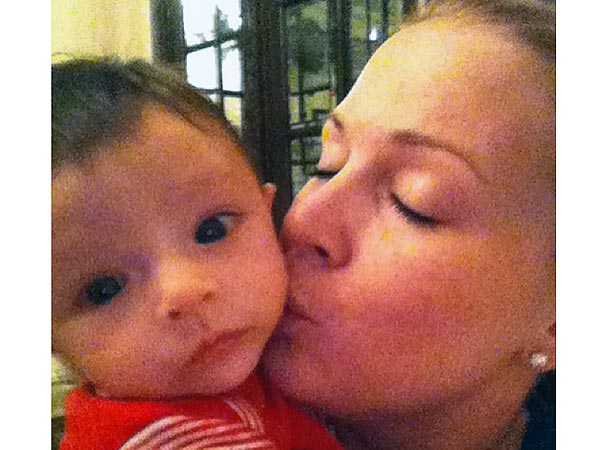CAIRO — A court in Bahrain on Monday upheld prison sentences for 13 of the country’s most prominent dissidents, in a decision that government opponents offered as evidence that the monarchy is ignoring calls to negotiate a political solution that could quiet the country’s nearly two-year old uprising.
The decision ends all appeals for the dissidents, who were sentenced to between five years and life in prison for their leadership roles in the revolt that began in February 2011, according to a colleague of one of the jailed opposition members. The 13 are part of a group of 20 opposition leaders who were sentenced by a military tribunal on charges that included attempting to overthrow the government. Other dissidents were sentenced in absentia.
Since pledging to accept reform recommendations made by an independent panel that investigated the uprising — including to commute sentences of those charged with "political expression" — the government has continued to silence its critics. In November, the government stripped 31 people, including former opposition members of Parliament and exiled dissidents, of their citizenship.
Last month, a judge upheld a prison sentence for a popular human rights advocate, Nabeel Rajab, who was convicted of inciting protests. As the security forces have moved to contain street protests, the contest over freedom in Bahrain has moved to the judiciary. Activists accuse the courts of being little more than arms of the government that endorse charges for political crimes.
On Monday, in an apparent reaction to such allegations, Bahrain’s state news agency carried a statement reaffirming what it said was the judiciary’s independence and condemning “false defamatory statements.”
The dissidents who lost their appeal on Monday include human rights activists and opposition leaders. Some of the detainees have advocated the creation of a constitutional monarchy in Bahrain while others have called for the fall of the government. They were arrested as part of a government crackdown on a pro-democracy uprising in 2011 led by members of Bahrain’s Shiite majority, who have protested against what they say is discriminatory rule at the hands of the Sunni monarchs.
As the dissidents have disappeared into jail or exile, their likenesses, in spray paint, have started to fill the walls of Bahrain’s Shiite villages, where clashes between youths and the riot police have become the principle interaction between the state and its opponents.
The government has accused many of the dissidents of colluding with Iran to topple the state and blamed the violence of some protesters for the absence of dialogue. Critics of the monarchy argue that by sidelining Bahrain’s most influential opposition members, government officials are making negotiation impossible.
“They are trying to pull us toward a security solution,” said Radhi Mohsen al-Mosawi, the acting secretary general of the National Democratic Action Society, a leftist opposition group whose leader, Ibrahim Sharif, was among the dissidents who lost his appeal on Monday. Mr. Sharif is serving a five-year sentence.
“They have made things so difficult for them, and for us,” said Mr. Mosawi, who said his group still favored negotiations for a constitutional monarchy. “Our demand is a peaceful demand,” he said. “It is a minimum demand.”
This article has been revised to reflect the following correction:
Correction: January 7, 2013
An earlier version of this article incorrectly stated the name of the leader of the National Democratic Action Society. He is Ibrahim Sharif, not Ibrahim Hussein.










